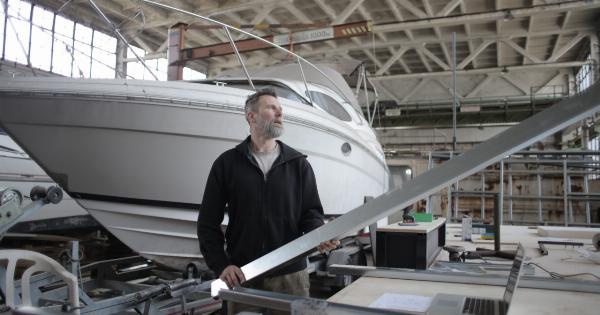Constipation, a common digestive disorder, renders a person unable to pass stool regularly or easily. This condition often leads to discomfort, bloating, and pain, and can also lead to complications like hemorrhoids and anal fissures.
Several reasons can cause constipation, including poor diet, lack of physical activity, and certain medications. While there are several treatments for constipation, some people may find it useful to explore the benefits of a microclimate to help them deal with this ailment.
What is Microclimate?
A microclimate refers to the climate of a small, localized area. This climate can differ from the general climate around it.
A microclimate can consist of various factors like temperature, humidity, and air pressure, which can have a significant impact on the way the human body functions. For example, a person living in a cold climate may experience dry skin and brittle nails, while those living in a humid environment may find their hair more frizzy.
The Role of Microclimate in Constipation
While it might seem unlikely, the microclimate can have an impact on the human digestive system. This is because conditions like humidity, temperature, and air pressure can affect the way the digestive system functions.
For example, if the air pressure is too high, the digestive tract may not be able to push food through as efficiently as it should. Additionally, high or low temperatures can impact digestion too. Too high temperatures may lead to dehydration, which can make constipation worse, while too low temperatures can cause the body to constrict, leading to constipation as well.
The Benefits of a Microclimate for Constipation
Using a microclimate to alleviate constipation may sound new and unusual. Still, some studies have shown that exposing the body to microclimates with specific temperature and humidity levels can help the body pass stool more regularly and easily.
One method of using a microclimate to treat constipation is through a sitz bath. This involves sitting in a shallow tub with warm water around the hips and buttocks, keeping the legs outside of the water.
A sitz bath may help ease pressure and relax muscles in the rectum, which can help in easier bowel movements.
Another method is through sauna therapy, which involves sitting in a heated room with high humidity levels.
Sauna therapy can help increase blood flow, reduce inflammation, and promote relaxation, all of which can help relieve constipation symptoms and improve bowel movements.
The Risks and Precautions of Using Microclimates
While using a microclimate may show potential for helping alleviate constipation, it is essential to note that it is not a universal approach.
Some people may find that exposure to specific microclimates can irritate their skin, cause excess sweating, or be otherwise uncomfortable. It is essential to consult a doctor or a healthcare professional before starting any treatment to ensure that it is safe and effective.
Additionally, the temperature and humidity levels that work best for one person may not be suitable for another. It is crucial to find a microclimate that works best for an individual’s specific condition.
It is also essential to maintain hydration, regardless of the method of mitigating constipation.
Conclusion
Constipation can be a distressing condition that leads to discomfort and pain. While there are several treatments available, some people may find it useful to explore alternative treatments like using a microclimate.
Microclimates can help alleviate constipation by creating a climate that promotes relaxation and aids in digestion. It is essential to consult a healthcare professional before trying any treatment to ensure that it is safe and effective.






























